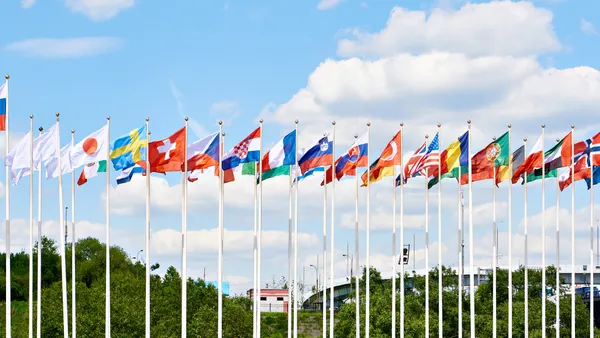All companies boost sales by discounting, especially for enterprise customers, but how it’s done can have as much of an impact on long-term revenue as how often it’s done, SaaS entrepreneur Jason Lemkin says.
Executives might think they’re leaving money on the table if a sales rep discounts a $200,000 deal by $75,000 to meet an end-of-period quota. That’s foregone revenue that can grow to $300,000 when multiplied over a four-year customer lifecycle, said Lemkin, founder of the SaaS best-practices group SaaStr.
At the macro level, though, since discounting is baked into the sales process, companies can better manage the practice by creating transparent pricing tiers that build in discounts upfront.
“Don’t let it frustrate you,” Lemkin said in a SaaS Brief analysis. “Most importantly, don’t think you're unique or anything special. Your product is unique and special; your sales process, including pricing, isn’t.”
The message is especially relevant for SaaS company CFOs, who help set pricing and increasingly support sales by modeling discounts.
Transaction cadence
Lemkin advises executives against pressing sales to hold the line on pricing, even if a $200,000 deal is worth every penny. All customers, especially those negotiating with the company on an enterprise package, have come to expect a discount offer.
“Many buyers will feel ripped off if they don’t get a discount,” he said. “Even if it’s … not that expensive in absolute terms, many buyers at least don’t want to be ripped off. No one does.”
What’s more, enterprise customers know how to play the game, he said. They’ll often wait until the end of a monthly or quarterly sales period to finalize a deal, which pressures sales to propose a discount to get the revenue into the system.
“They know the cadence,” he said. “So, about seven to eight times out of 10, if the annual contract value (ACV) is large enough, and they don’t need it today, they may just wait until the end of the month or quarter, ask for the biggest discount, and sign then.”
Transparent pricing
Control, rather than elimination, of discounts is the best approach, said Lemkin, who co-founded cloud-based e-signature company EchoSign, acquired by Adobe in 2011. He recommends companies segment processing into tiers.
Start with automated discounting for low-end sales, those at $5,000 in annual contract value, for example. Set pricing at 20% more than the yielded price that the finance team models, then offer the 20% discount for prepaid purchases. That’s something that Salesforce has always done.
“Everyone does this in some form or other,” he said.
Since customers’ procurement teams typically have a financial incentive to get discounts on any approved purchases, that additional discount can also be modeled in.
“Maybe mark the deal up 30% if the deal has to go through procurement,” he said. “You can’t win here. You have to give procurement an additional discount in many cases. They are often comped on it.”
Similarly with large enterprise deals. Build in the discount up-front by setting price based on the modeled yielded price, and then be transparent.
“Even if it’s more expensive than the competition — it’s OK,” he says. “Pricing is rarely the number one issue in a competitive deal, and if it is, you’ll hear about it, and the quote won’t lose you the deal.”
Bottom line: “Don’t try to change the way the world wants to buy,” he says. “Instead, at first, at least, hack the system … so you end up where you really wanted to be in the first place.”












